Editor’s Note: In a Top Read from 2007, we look at how the humble tuk-tuk came to conquer large portions of the developing world, from Southeast Asia to Africa, powering nations as the main means of transport for the average citizen.
Mr Thai is a true gentleman, which is not the usual view people have of the average tuk-tuk driver. He is the ebullient, English-speaking one in the team of patiently waiting tuk-tuk and motodop drivers outside California 2 on Sisowath Quay in Phnom Penh.
“I know you are poor, Mr Clive. Pay me what you can,” has been his end-of-journey mantra from my first day riding with him in 2003 to today [2007], when I had to abandon ship after the prop shaft on his tuk-tuk gave up.
Which is a shame, because Mr T’s new steed is one of the most venerable machines anyone could wish to have the pleasure of riding in. He says it was built in 1999, although it looks older than that. Its age to one side, though, it is indisputably the Rolls-Royce of tuk-tuks, a smooth-as-silk ride during which gear changes are seldom felt and the fillings stay in your teeth however rough the road surface.
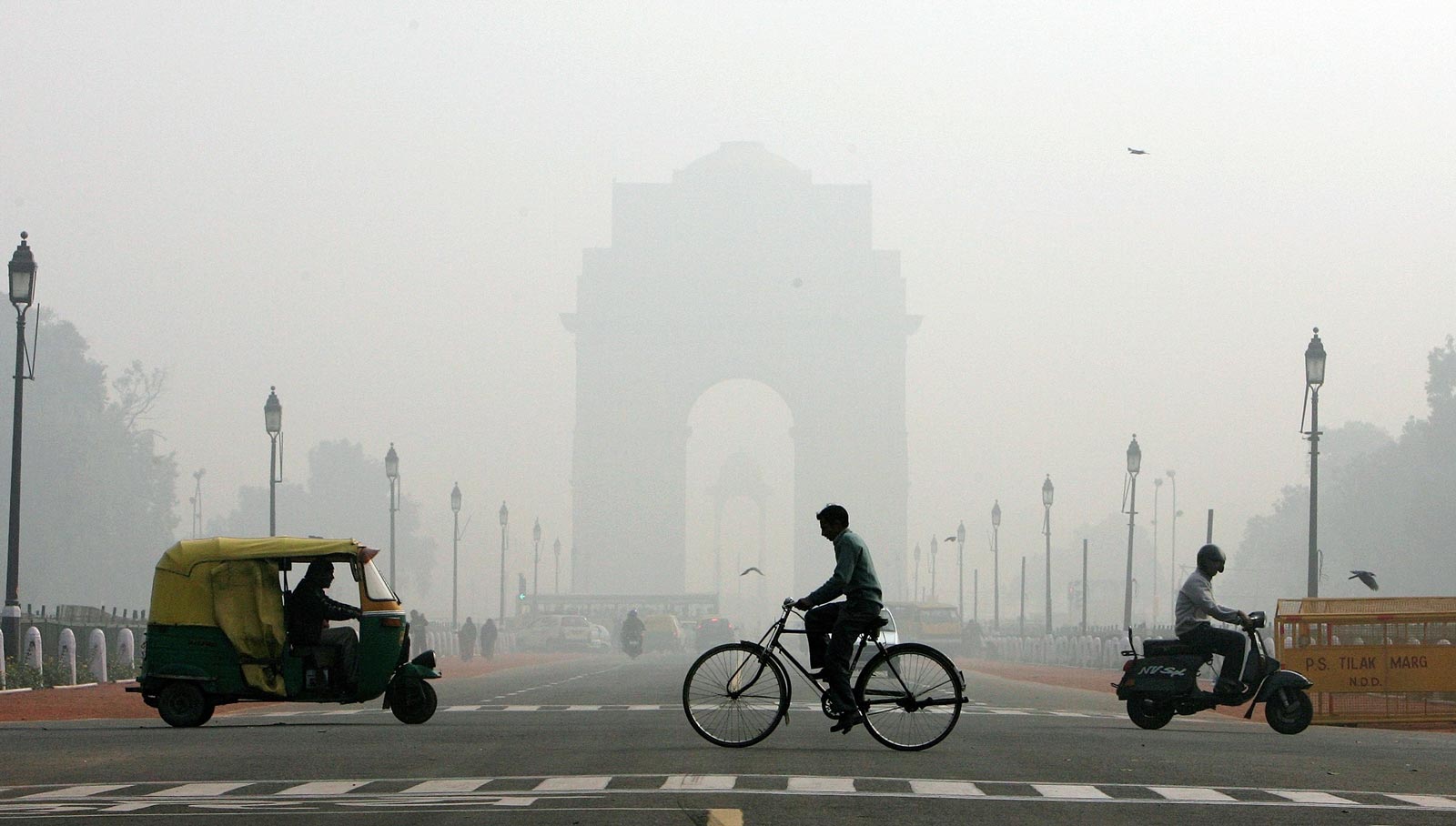
Mr T recently travelled to the Cambodian border with Thailand to buy his handsome three-cylinder, 660cc Suzuki-engined machine, which boasts five forward and a reverse gear and cost him $1,800, plus an import fee he will not discuss.
It is also an example of an early Formula One-style monocoque construction, in which the motorcycle and trailer are a rigid one-piece unit with the power delivered to the rear wheels by a drive shaft and converted by a differential to spin the rear wheels.
Humble origins
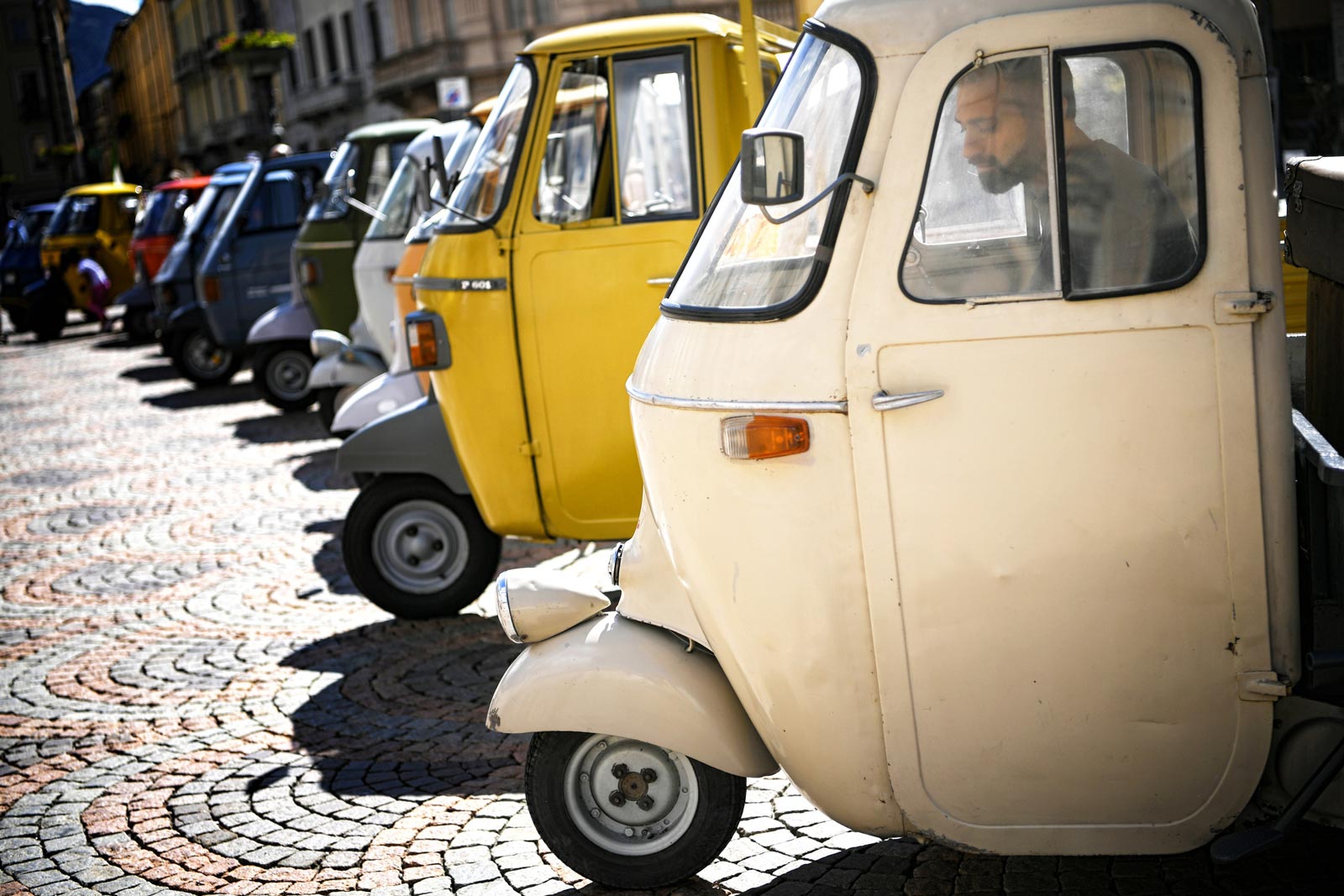
While many offer compelling claims, the origins of the first tuk-tuk remains disputed. In 1886 a group of Germans placed a patent for a three-wheeled vehicle closely resembling the modern-day tuk-tuk minus the engine, while some claim the Italians created the first tuk-tuk in 1947 with the Piaggio Ape. The Ape (meaning The Bee in English) was designed by the same inventor of the iconic Vespa scooter, and intended to power Italy’s post-World War II recovery efforts.
Another origin story emanates with the Japanese, who first started exporting three-wheelers resembling tuk-tuks to Thailand in 1934. And indeed, the Japanese-made Daihatsu Midget is likely the mother of all tuk-tuks in the region, having first arrived in many Southeast Asian nations in 1959 and becoming the model on which future iterations of the three-wheeler grew from.
But what is certain is that the contemporary variation of the auto-rickshaw rose to great prominence – and numbers – in India. Autos, as tuk-tuks are often known in the country, quickly established themselves as the most common form of cheap, reliable public transport in the capital New Delhi and were prized for their practicality and economy, making them an instant success and a symbol of the nation.
The auto-rickshaw mobility habit has since spread outwards and are now ubiquitous on the streets of Nepal, Sri Lanka, Cambodia, Laos, Indonesia as well as other parts of Asia, Africa and Europe. They are mainly used for public transport and for small-business deliveries because of their practicality and relatively large load capacity.
While tuk-tuk – the onomatopoeic Thai word that has been popularised worldwide for the auto-rickshaw, named after the sound its two-stroke engine makes when idling – is arguably most common today, at least among foreigners, the machine has adopted several colloquial monikers.
In Indonesia, they are known as Bajaj, named after Indian company that has become synonymous with tuk-tuk production globally. While in Vientiane, the capital of Laos, they have earned the name ‘Skylab’ or ‘Jumbo’. And in Nigeria’s largest city Lagos, where tuk-tuks first arrived in the late 1990s, they are colloquially known as ‘keke’.
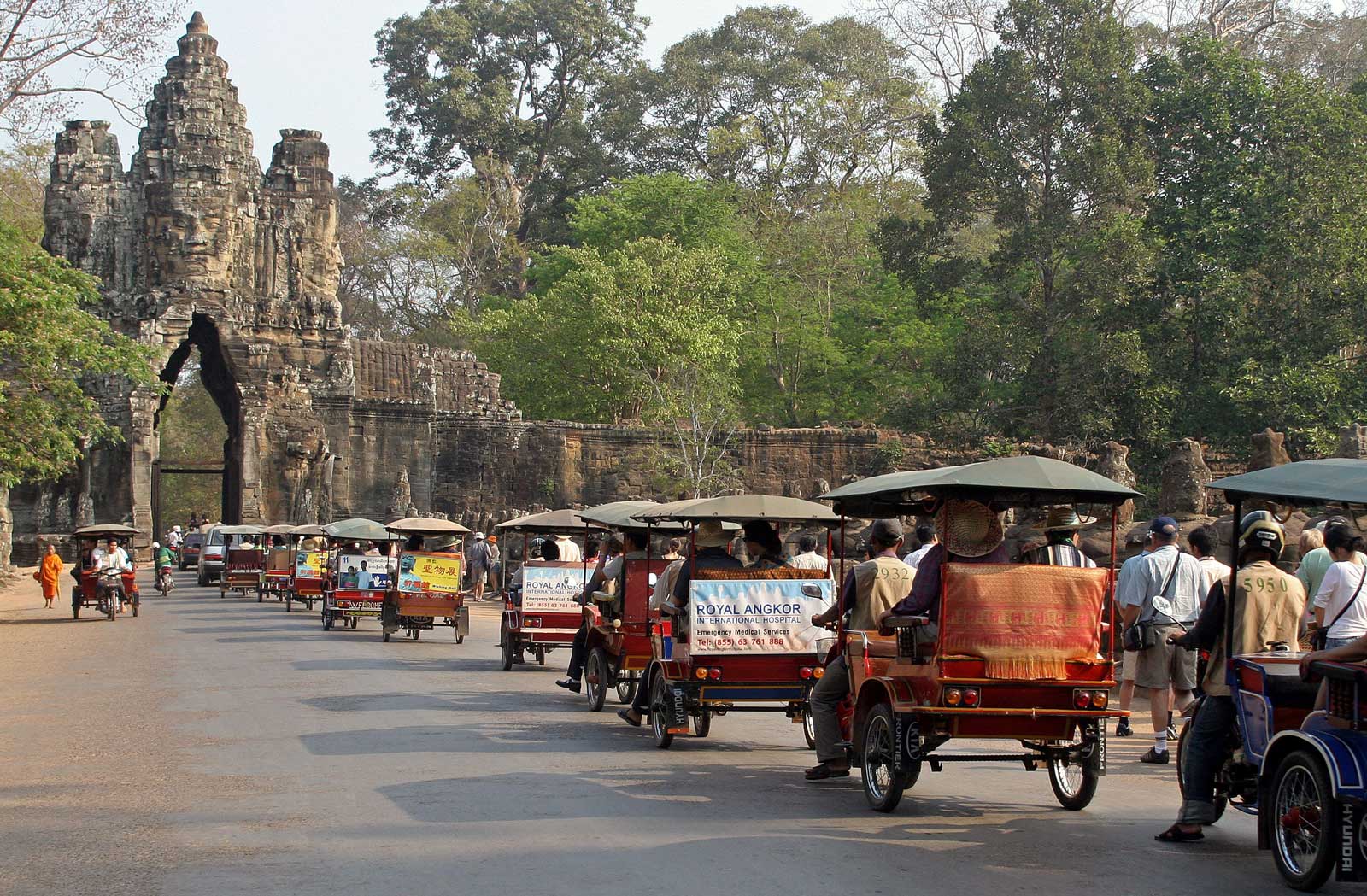
EDITOR’S NOTE
As of 2020, Indian company Bajaj Auto is the largest producer of tuk-tuks globally. Based in Pune, Maharashtra, they sold 780,000 of the three-wheeled vehicles in the 2019 fiscal year, commanding a 97% market share for three-wheelers in ASEAN. Bajaj’s popularity has not come without casualties, and in Cambodia, it has all but usurped the traditional variation, the remorque. As of January 2019, there were 22 Bajaj dealers in Cambodia, selling some 2,000 tuk-tuks monthly at an average price of $3,600 to $4,000.
Size is everything when talking about the tuk-tuk’s advantages over other vehicles.
During its early days in New Dehli, it was painted yellow and black and predominantly used as a taxi. It was powered by a watercooled, two-stroke 175cc motorcycle/scooter engine capable of relatively pedestrian speeds for its driver and three, rear-seat passengers.
Its soft-top roof kept passengers dry and the vehicles were blessed with minimal running costs and a fuel consumption figure in the high 70km/litre. A developing world dream-machine for its economy.
Many of the original vehicles had a painted, sheet steel body and drop-down sides with, ornamental hammerings or carvings for decoration. They were highly manoeuvrable and could easily turn around in one lane of traffic with room to spare.
Eventually the machine evolved into the modern-day tuk-tuk, with its low gearing gave it a high torque-to-weight ratio, which meant it was a nimble machine that could accelerate quickly and scythe through the heaviest traffic.
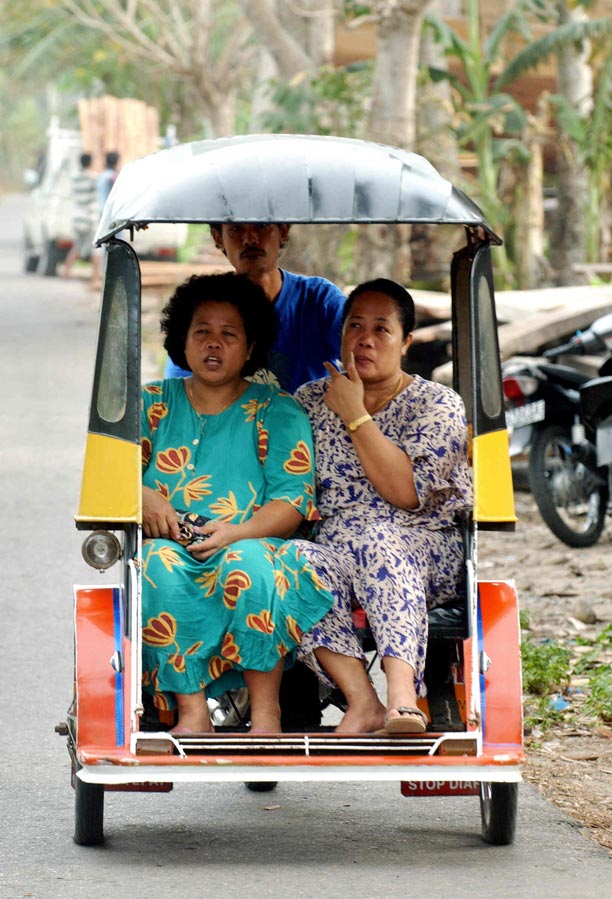
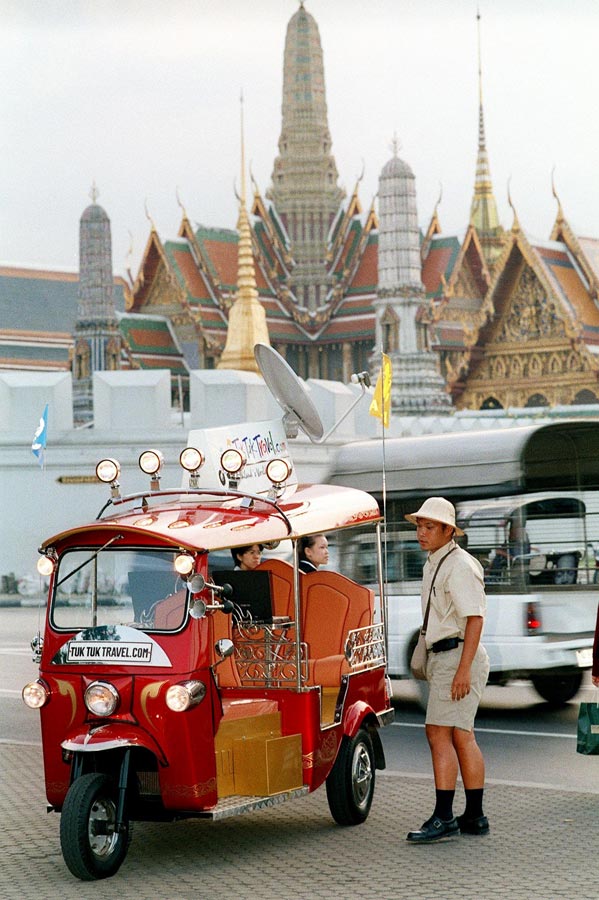
In Bangkok, now home to legions of the three-wheelers, there is a maximum fee [as of 2007] that drivers may not exceed, which has tended to become the default fee for barangs (foreigners). Drivers also make money on the side, F1-style, by having advertising posters and placards on their tuk-tuks.
Drivers can also earn fuel vouchers or other commissions by taking passengers to jewellery manufacturers, hotel and guesthouse owners – so establish where you want to go, agree the cost and explain that detours are not part of your agenda.
Most drivers decorate their tuk-tuks with religious charms and small Buddha images which, based on the way many of them drive, is probably a good idea.
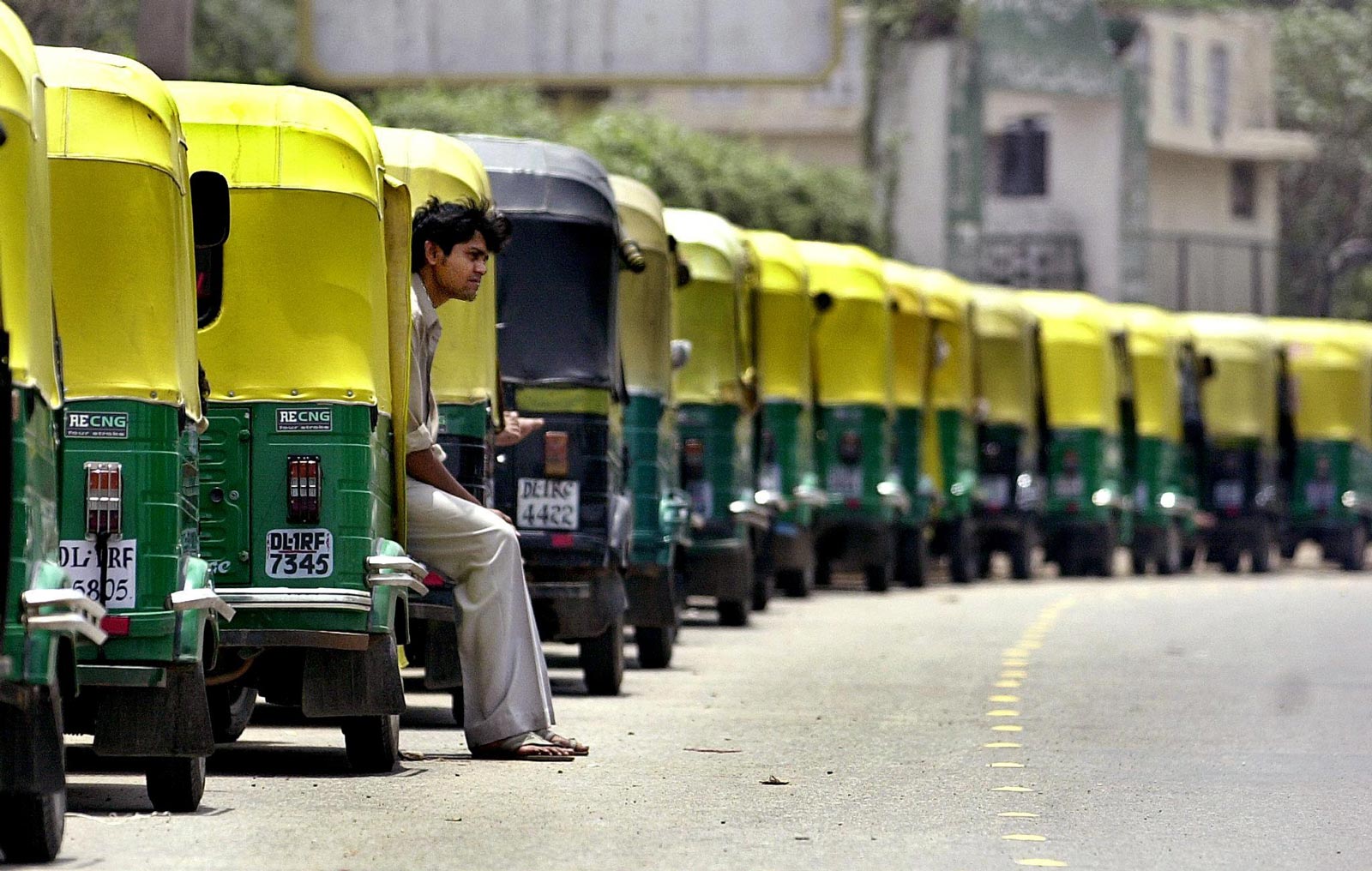
England has also until recently [2007] played host to the tuk-tuk, with the first ones introduced in 2004. Over a period of two years, 12 were in service in the southern seaside town of Brighton, running a sightseeing service along the seafront and neighbouring Hove
In Cambodia, the tuk-tuk, also known locally as the remorque, is commonly a motorcycle with a cabin attached to the rear via a ball-joint coupling. The country’s cities have a much lower volume of car, van and truck traffic than Thai cities, so tuk-tuks are still the most common form of urban transport.
In Siem Reap they follow a similar configuration, with the power transferred by chain to an axle mounted to the modified rear fork, which drives the rear wheels. This arrangement allows for six passengers and their luggage – or 25 sacks of salt, a pyramid of dead pigs, 100 live chickens or, as witnessed recently, a dead relative laid on the floor for his last journey to the pagoda.
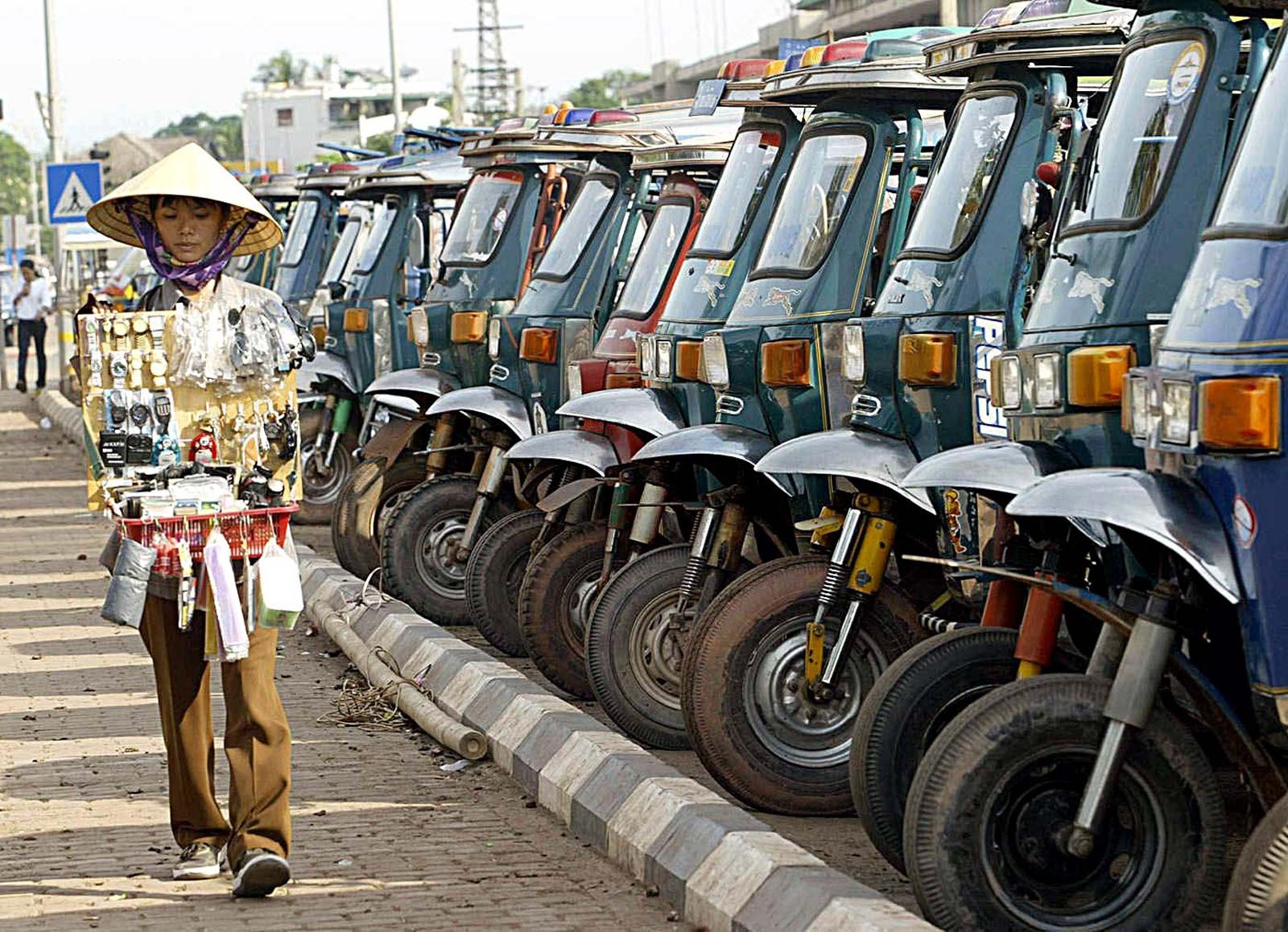
But the tuk-tuk is not limited to the Global South, with the three-wheelers making appearances in Europe too.
Of course, in Italy, the iconic Piaggio Ape remains ubiquitous. And even in Paris, the ultra-chique world capital of fashion and culture, there is a small army of tuk-tuks numbering some 50.
England had until recently [2007] also played host to the tuk-tuk, with the first ones introduced in 2004.
Over a period of two years, 12 were in service in the southern seaside town of Brighton, running a sightseeing service along the seafront and neighbouring Hove. Unfortunately, transport legislation outlawed them because their image didn’t fit in with the mayor’s view of his 21st-century city and they were banished from the streets.
Fortunately for Mr Thai, however, is that in Southeast Asia the tuk-tuk continues to be an all-too-familiar conveyance that shows little sign of going anywhere.
He says his debt from buying his pride and joy is paid off now and the tuk-tuk is his – protected by the insurance he has taken out to cover his passengers and his investment.
So now, as Mr Thai sets off to the mechanic to get that drive shaft fixed, he is hoping to get the Rolls-Royce of tuk-tuks purring again in no time.
The text and images have been updated from the 2007 print edition of this story.

